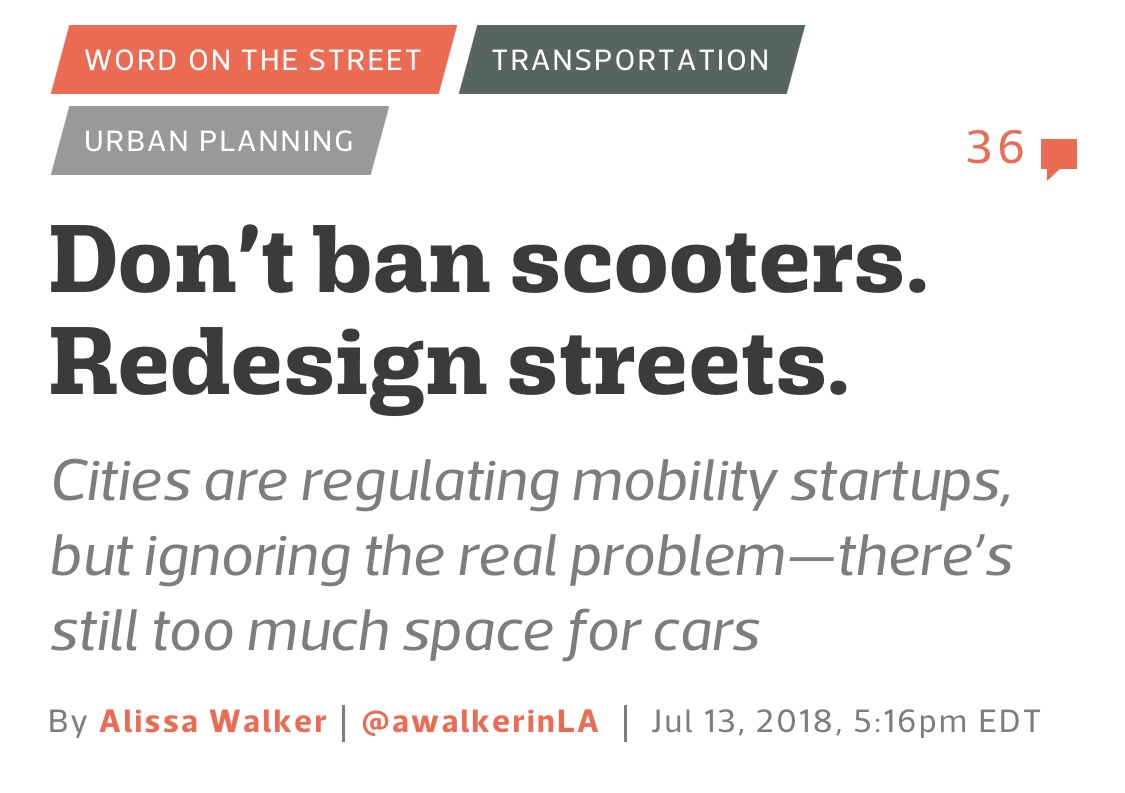For many small to medium enterprises, the idea of ISO certification is daunting. They’ll see companies announcing their latest certifications on LinkedIn or they’ll see the banners on web sites and they’ll immediately think it’s not for them. Not yet anyway.
When I started out in business, I had no idea what ISO certification was. Then, with my first big public sector tender, I got a quick introduction to it. It was something we needed to have to respond to the tender; a prerequisite for this organisation to do business with us. Cue a lot of sleepless nights figuring out how to respond to this tender; and in the end, we found a partner who had the certification and applied alongside them. End result? Our profit margin took a hit but we got the work.
My next contact with ISO was again from a point of not understanding what it was. I got the impression that it was all about adding documentation to everything. From payroll to toilet breaks. Of course I was wrong again; but this is what happens when you listen to other people rather than going to the source.
If only I knew then what I know now.
The ISO certification isn’t about getting a checkbox; it’s about real world stuff. It’s about looking after your business should something bad happen. It’s about caring for employees to prevent something bad happening. It’s about covering your back should something bad happen to you. And it’s about showing the world that you’ve put thought into it, that you’re not just flying by the seat of your pants.
You’re as likely to fail an ISO audit from having too much process and documentation as too little. If you’ve put too much in there and it becomes outdated or worse, it doesn’t get used, then you’re not doing anyone any favours.
So, if you were intending to get ISO certification for responding to that big tender or, alternatively, if you just wanted it because you’ve figured out that it’s about running a business right and not just checking a box, how would you do it?
Well, there’s two ways.
The first is to contact an ISO consultant. Then you go through a lengthy consultative process and have a lot of distracting work where you tell them all about your business and they start to draft your documentation for you. You’ll pay them a small fortune for them as well as the employees who are being involved in the knowledge transfer. Finally you pay for the certification and hope that it works out; again it may be days of the auditor being onsite and disrupting the main line of business. And every day is costing money.
The second is to use an ISO management tool, like Armour. Essentially the tool tells you what you need through a Q and A process that you lead; at your pace. Based on your answers, it will tell you what documentation you need AND provide templates. You can assign tasks to employees directly so there’s no need for this knowledge transfer phase – you and your employees are directly involved. And when the time for certification comes, your audit can be initially processed remotely and a lot of the work done before the site visit which saves both time and money.
From Armour
This discrepancy in the way things are done is why we built Armour. We took decades of experience as ISO consultants and auditors and put them into this tool. We strongly believe that the preparation and audit process needs to be owned by the business and the employees rather than an external ISO consultant who’s contracted for a few days work. We firmly believe that this tool fosters engagement within the business and cements the practice within the day to day work of employees.
Whether your motives are to run your business right or just to get bigger tenders and retain more of that profit margin, you need to give Armour a look. You can sign up right now and peruse legislation that has been simplified for your consumption so you don’t need to be a specialised consultant to understand it.
Use Armour to protect your employees, your business and your bottom line.




